Welcome to the Wild Dog Dairy Farm
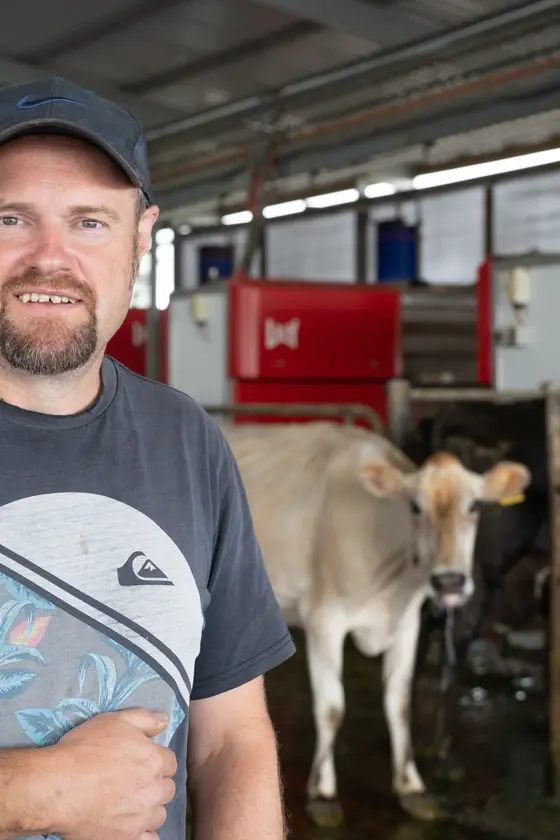
"If you really start to add up the costs of labour, I think the robots actually make a pretty strong case for themselves" - Rowan Stokes, Scotchtown, Tasmania
Meet Rowan Stokes and Joshua Bishop
Rowan Stokes and Joshua Bishop are share farmers in Scotchtown, Tasmania who are dairy farming in quite a unique way. The two are currently running a 60-stand rotary that milks roughly 450 cows, and eight Lely Astronaut A3 Milking Robots that milk about 300 cows. They are currently a split calving farm with around 500 cows calving in Spring and 250 in Autumn
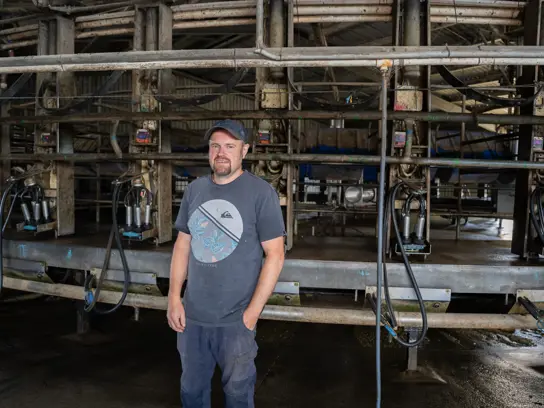
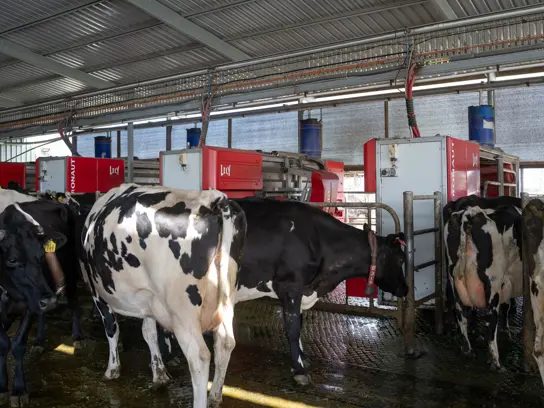
Can you share farm with milking robots?
At the Wild Dog dairy farm, the answer is yes! Rowan describes that as a share farmer, he still experiences all the same labour issues that everyone else has, which was what drove him and Joshua to considering robotics. When looking at paying off the robots from a different perspective, Rowan came to the realisation that installing robots as a share farmers could be practical.
"The calculations on paying the robots offf, over a few years, doesn't come out too different to actually paying staff so we looked at that and went, well we can depreciate the robots. They're an asset that we own at the end of it...at the end of however long we're here, at least we've got some robots that we can pick up and take with us."
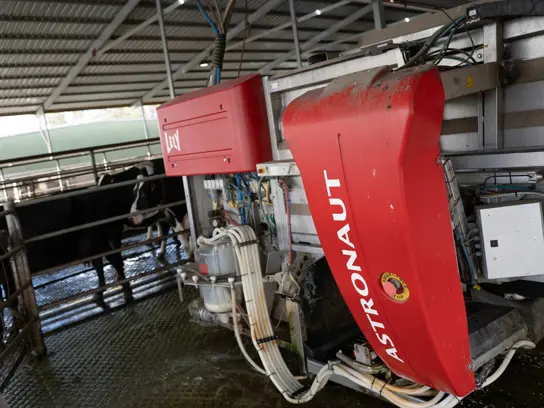
Partners of the Wild Dog dairy!
Meet Lely Center Tasmania
Lely Center Tasmania, also known as Dairy Maintenance & Installation, has branches in Smithton and Launceston. They spend every day making farmer's lives easier with innovative solutions and tailored services. Craig and Sheree Stokes established DMI in 2005 at their home in Smithton. The family company has grown over time with Craig training up many technicians and teaching them the knowledge he has gained from his years in the dairy industry. He began working in the dairy industry back in 1988 and is still very passionate about the industry to this day.
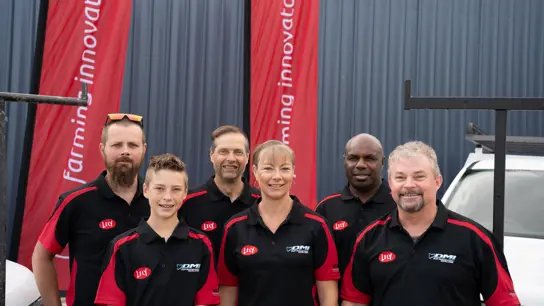
Watch the Wild Dog Testimonial video
Enjoy watching!

Our customers





